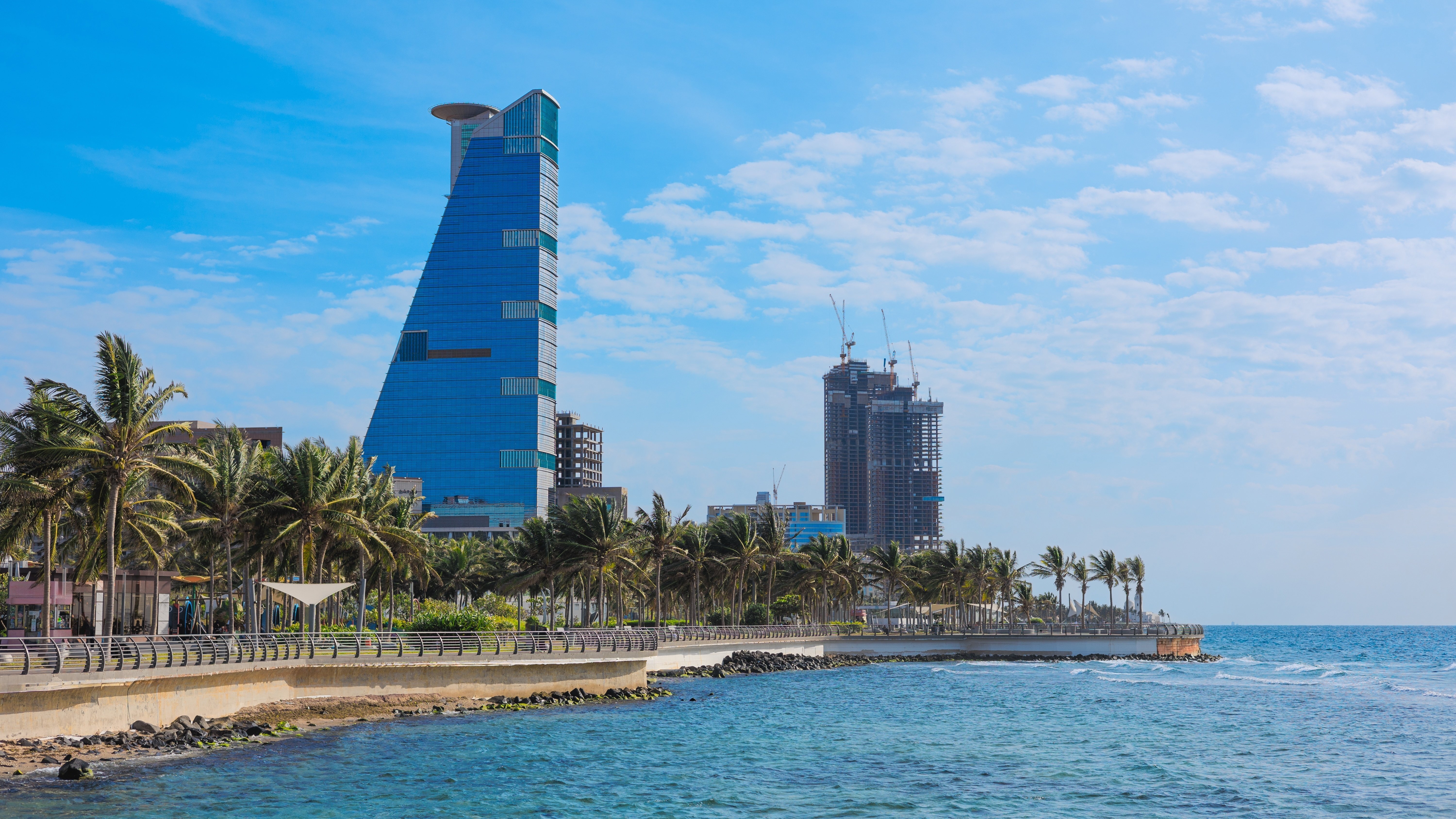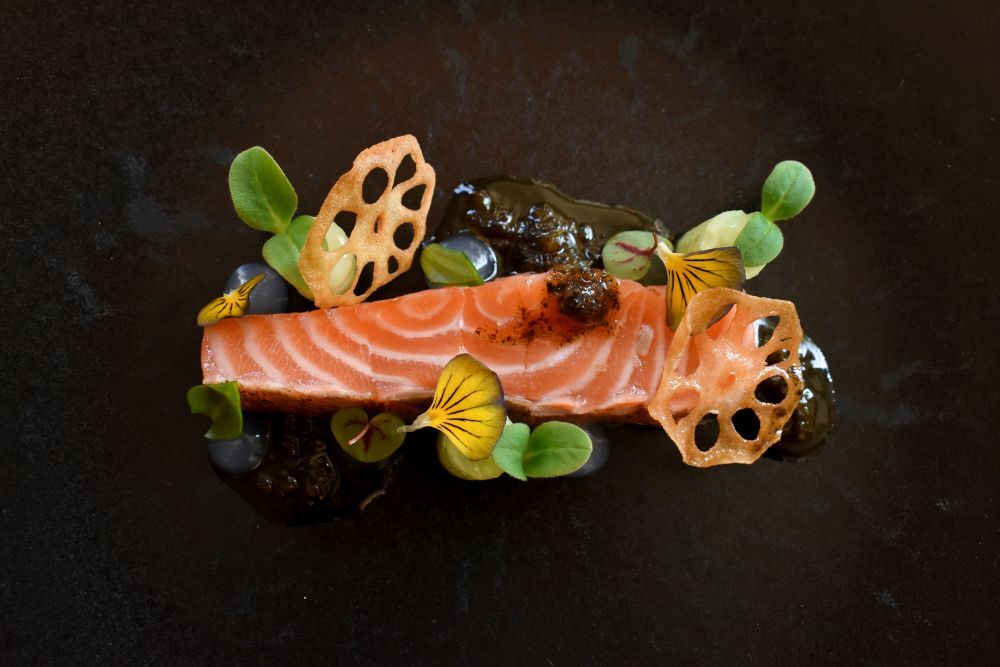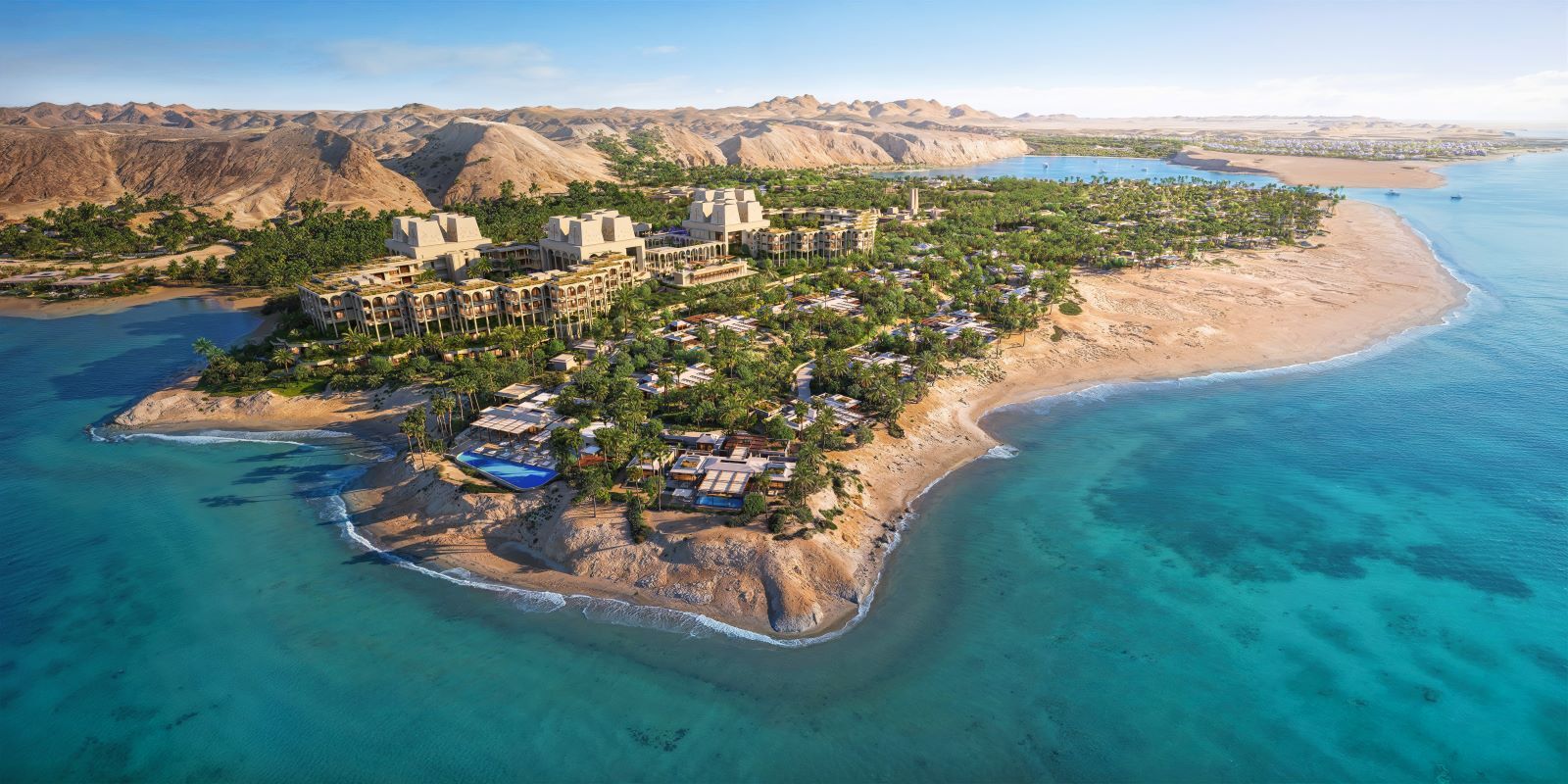5 Facts to Know About The Red Sea Project
The highly ambitious Red Sea development is steadily taking shape as it looks to completely reimagine the future of luxury tourism. Led by Red Sea Global and backed by the Public Investment Fund (PIF), this immense giga-project is setting a new standard for responsible and regenerative development, enhancing the natural environment rather than disrupting it.
By 2030, The Red Sea will span 22 islands and six inland sites comprising 50 resorts and over 1,000 residential properties. With the first phase set to complete by late 2025, this visionary project is quickly becoming one to watch, whether for investment, as a future home, or simply as an unforgettable getaway. Here are five key things to know about The Red Sea.
.png?width=988&height=927&name=unnamed%20(19).png)
Centrally Located, Effortlessly Connected
The Red Sea sits at the centre of the world and is ideally located within an 8-hour flight for more than 80% of the global population. It serves as a seamless bridge between East and West, making it a destination of choice for those who want to explore an untouched coastal paradise.
The destination has its own airport - Red Sea International Airport - which officially opened in 2023 with domestic commercial flights and has been welcoming direct international flights from select destinations since March 2024. The airport will be completely finished in 2025, expanding the destinations that it serves and positioning itself as a key regional transport hub.
From the airport, a fleet of electric vehicles provides ground transport to the inland destinations in The Red Sea and to Shura Island, which is the project’s main island. Red Sea International Airport also has a dedicated water runway, with seaplanes running on sustainable fuel to access the other islands.
Read Also : Why is it Called The Red Sea?
The Red Sea Is Already Open
.jpg?width=988&height=618&name=unnamed%20(7).jpg)
While the majority of The Red Sea is still under development, there are 5 resorts that opened across 2023 and 2024 - Desert Rock, Six Senses Southern Dunes, Shebara, St. Regis Red Sea and Nujuma, a Ritz-Carlton Reserve. The former two resorts are inland with road connectivity from the airport, while the island resorts are only accessible via yacht or seaplane.
Each resort is designed to naturally integrate into the landscape. Desert Rock, for example, is quite literally built into the Hejaz mountaintops, and Six Senses Southern Dunes lies along an ancient trade route. One of the most dazzling and futuristic hotels in The Red Sea is Shebara Resort on Sheybara island, distinct with its stainless-steel overwater pods. The facilities carefully maintain the integrity of the environment through the use of solar power, intelligent waste management, and biophilic design that actively nurtures the surrounding ecosystems.
Read Also : Red Sea Global Redefining Luxury Living in Saudi Arabia
The Red Sea’s First Phase Will Be Ready In 2025
.png?width=1000&height=581&name=unnamed%20(17).png)
The first phase of The Red Sea destination will focus on Shura Island, the project’s main hub. This naturally dolphin-shaped island is a 25-minute drive from Red Sea International Airport, and is connected to it through a purpose-built bridge with access provided by a dedicated fleet of electric vehicles.
Shura Island will be home to 11 of the 16 resorts that make up this phase, and will also contain a mix of branded residences and residential communities developed by Red Sea Global. SLS Red Sea Residences and Four Seasons Private Residences Red Sea are two of the first branded projects to launch, along with waterfront apartments at Shura Marina Residences.
Each project takes inspiration from the island’s landscape. The villas in SLS, for example, resemble sea shells when seen from above and have undulating wave-like design elements, whereas the vibrant hues of Shura Marina Residences mimic the Red Sea’s coral reefs.
All of the residential projects have water-based activities such as kayaking and paddleboarding, and the island’s dive centre allows residents and visitors to explore the vibrant coral reefs with PADI-certified guides. Every activity is responsibly managed, embracing the marine ecosystem while ensuring there are no disruptions to local habitats.
Read Also : Sustainable Living by the Sea: The Vision of Red Sea Global
Only 1% of the Total Area is Being Developed
.jpg?width=1000&height=667&name=unnamed%20(9).jpg)
One element of The Red Sea that has come up repeatedly in previous points and highlights the development as a stellar investment opportunity is its commitment to environmental responsibility. Developer Red Sea Global has conducted extensive environmental studies before embarking on the project, concluding that only 1% of the total area should be developed and 75% should be designated specifically for conservation. This is in line with Saudi Vision 2030, which outlines a plan to diversify the Saudi economy away from fossil fuels and to develop a blueprint for eco-friendly development that other global destinations can emulate.
There are over 90 islands in the archipelago where The Red Sea is situated, but only 22 islands are being developed. All of the residential projects are low-rise and low-density, with an abundance of green spaces and natural desert landscapes that encourage a greater connection with the region’s natural beauty.
The collection of projects on Shura Island, dubbed ‘Coral Bloom’, is also being designed so that it preserves the island’s biodiversity.
Read Also : 5 Top Luxury Red Sea Resorts in The Saudi Arabia
100% Powered by Green Energy
.jpg?width=1000&height=563&name=unnamed%20(8).jpg)
Every building on the island is carefully integrated into the environment, using sustainable materials and development principles to reduce energy consumption. Once the entire project is ready, the goal is for it to be 100% powered by renewable energy, supported by one of the world’s largest off-grid battery storage facilities. It will also feature the world’s first solar-powered 5G network.
The islands themselves will be mostly pedestrianised, with a dedicated fleet of electric cars and hydrogen-powered buggies providing alternative modes of transport. Access to and from the islands is only possible by yacht or seaplane, except for Shura Island, which has a bridge linking it to the mainland. As part of its sustainability goal, The Red Sea plans to have no more than 1 million visitors per year.
The Red Sea is already blazing a trail across the world with its uniquely crafted resorts, and once completed, it will present the entire idea of luxury tourism in a newer, greener light.



